- Myanmar will not only become an "export" of Chinese exports, but also an "import" of Chinese imports.

In 2020, Chinese President Xi Jinping chose Myanmar for his first visit. This is the first visit to Myanmar by the Chinese head of state in 19 years after Jiang Zemin, then Chinese President, paid a state visit to Myanmar in 2001. Most international media reports described Xi Jinping’s visit as official propaganda for his Belt and Road Initiative.
If the four most important agreements of the 33 agreements signed between Xi Jinping and Myanmar during his visit to Myanmar are effectively implemented, they will have great economic significance and profound historical significance for southern and southeastern Asia.

The construction of a high-speed railway from Yunnan, China to Mandalay, the central city of Myanmar, to the southern coast of Myanmar is the first ambitious plan of the four most important agreements. The second goal is to advance the stagnant Kyaukphyu port project in the Bay of Bengal. The third is the establishment of a "new city" opposite the former capital of Myanmar, Yangon. The last one is the establishment of the "China-Myanmar Border Economic Cooperation Zone" on the China-Myanmar border.
These four large-scale projects will drive the rapid development of Myanmar's economy, and at the same time will deepen China's influence in Myanmar, enabling China to directly enter the Indian Ocean for the first time in history. The implementation of these projects connects China's Hambantota port in Sri Lanka and Gwadar port in Pakistan, and gains influence in strategic island countries such as the Maldives and Seychelles.
Although Pakistan borders China's Xinjiang, the Karakoram Highway connects Xinjiang from Khunjerab Pass to Pakistan's Takot and then to Gwadar Port. However, in winter, roads in the Karakoram, Pamirs, and Himalayas at an altitude of 4,714 meters are often blocked by snow and ice. China cannot currently rely on it to obtain key fuel or other imported products. In addition, Xinjiang is located in the westernmost part of China, far away from major cities and industrial centers that rely on fuel imports.
Myanmar is the only country that can help China realize this comprehensive vision. No other neighboring country can bypass the crowded Strait of Malacca and provide China with a safe passage to the Indian Ocean through which most of China's fuel imports will pass. Myanmar will not only become an "export" of Chinese exports, but also an "import" of Chinese imports, which makes it possible for some of China's oil and natural gas imports to bypass the Strait of Malacca.
Inject clean energy into Myanmar
In 2010, on the occasion of the 60th anniversary of the establishment of diplomatic relations between China and Myanmar, the China-Myanmar oil and gas pipeline project, as an important achievement and crystallization of the 60th anniversary of the establishment of diplomatic relations between China and Myanmar, started under the witness of the two prime ministers. On July 28, 2013, the 793-kilometer-long Sino-Myanmar natural gas pipeline project was officially put into operation to ventilate gas to China, and the distribution for Myanmar began on September 7. The 771 km China-Myanmar crude oil pipeline was put into operation in 2017.
The completion and commissioning of the China-Myanmar oil and gas pipeline has promoted economic development and the development of the oil and gas industry along the Myanmar pipeline, and improved the livelihood of the local people. As of November 30, 2019, oil and gas pipeline projects have brought a total of US$520 million in direct economic benefits to Myanmar.
Kyaw Sothai, Manager of the Offshore Oil and Gas Department of Myanmar Gas and Petroleum Corporation, said: “The China-Myanmar oil and gas pipeline is a milestone project in the joint construction of the Belt and Road Initiative. The Chinese people have brought tangible benefits, and we look forward to more and more successful cooperation projects like this in the future."
In 2020, when the new crown epidemic broke out, many places in Myanmar imposed curfews. Nuyi, a student of Mandalay University, learns online at home and discusses and communicates with teachers and classmates via video. The fan in the room kept turning, the air conditioner had to be turned on at noon, and the computer was always on. "Although there are a lot of electrical appliances in the house, unlike the previous power outages, the voltage is stable. It is no problem to drive these electrical appliances. I am very grateful to the new natural gas power plant in the suburbs."
The power plant that Nui said was the Kyaukhi gas-fired power plant 50 kilometers away from Mandalay contracted by PowerChina. This power plant is Myanmar’s largest internal combustion engine power generation project, with an annual output of 1.274 billion kilowatt-hours of electricity, which can solve 270 The electricity problem of millions of people. Power plant manager Aung Tun Min said: “The power plant uses natural gas downloaded from the Mandalay substation of the China-Myanmar natural gas pipeline. It was also operating at full capacity during the epidemic, burning about 750,000 cubic meters of natural gas every day.”
The natural gas provided by the China-Myanmar oil and gas pipeline has not only improved the living conditions of residents, but is also an important energy artery in Myanmar. U Yewin, secretary general of the Myanmar Federation of Industry and Commerce, said: "Myanmar’s economic growth rate has remained between 6% and 7% in recent years. The oil and gas industry is an important foundation and support for economic development. The China-Myanmar oil and gas pipeline is an important energy infrastructure. It has injected clean energy into Myanmar's social and economic development."

Chinese companies are improving Myanmar’s economic and social environment through a number of tangible construction projects through various forms of cooperation. With the development of China-Myanmar oil and gas pipelines, the Lebitang copper mine, and the Dagongshan nickel mine, etc. With the completion and commissioning of the iconic China-Myanmar cooperation project, the Myanmar government and people gradually feel the benefits brought by the project, and more and more people in Myanmar realize that China is a true friend.
The Monywa Lebitang Copper Mine Project is one of the landmark demonstration projects of the Belt and Road Initiative. The project is located in Monywa City, Sagaing Province, northwestern Myanmar, 120 kilometers away from Mandela, the second largest city in Myanmar, with a total investment of approximately US$1.065 billion. In March 2012, the Lebitang Copper Mine project held a groundbreaking ceremony, but since then the project has experienced repeated shutdowns, resumptions, and shutdowns. After investigation and assistance from the Myanmar government, the project was successfully put into production in March 2016, with an output of 20,000 tons of copper that year. The Lebitang Copper Mine is one of the largest hydro-copper smelting projects in Asia. The equipment used is all global procurement. The technology, process and management level are world-leading. In 2019, the output of copper cathode reached 120,000 tons.
According to the contract signed with the Myanmar side, during the construction period of the project, Wanbao Minerals Company invested US$1 million in corporate social responsibility and community assistance projects in 33 nearby villages. A certain percentage of the net profit will be used to continue to provide employment and livelihood security for local residents, and contribute to the construction of infrastructure around the project.
Dagongshan Nickel Industry Development Project
The Dagon Mountain Nickel Development Project of CNMC Nickel has spent 10 years cultivating the local area of Myanmar and has achieved fruitful results. Mount Dagon is located at the junction of Mandalay and Sagaing in northern Myanmar. It is remote and rich in nickel resources. The Dagon Mountain Nickel Mine Project officially started construction in January 2009. It integrates mining and smelting. It covers an area of 22 square kilometers, has 700,000 tons of nickel resources, and has a total investment of more than US$820 million. It is a mining industry in China and Myanmar. The largest cooperative project in China.

Since entering the commercial production period in 2014, the Dagongshan nickel mine project has paid a total of various taxes and product shares to the Burmese country over 100 million U.S. dollars. It has become a project that truly promotes economic development, benefits people’s livelihood, and benefits the people. Ecological and environmental protection issues in project production ensure green and sustainable development.
Kyaukphyu Special Economic Zone Deepwater Port Project
The port of Kyaukphyu is the central project of the China-Myanmar Economic Corridor, which is an important part of the Belt and Road Initiative. The Kyaukphyu Peninsula is located in the Rakhine State in the western part of Myanmar, and adjacent to the Indian Ocean to the west. The waterway from the northwest end of the island to the east is an excellent natural shelter from wind and waves, capable of navigating and berthing ocean-going passenger and cargo ships of 250,000 to 300,000 tons. The Rakhine State, where Kyaukphyu is located, is located in a remote area, with a weak economic foundation and backward infrastructure. It urgently needs to vigorously develop its economy. In 2015, the Bid Evaluation and Award Committee of the Kyaukphyu Special Economic Zone in Myanmar announced that the Chinese multinational consortium won the bid for the Kyaukphyu Special Economic Zone Industrial Park and the deep-water port project. In October 2016, the Myanmar NLD government established a new management committee for the Kyaukphyu Special Economic Zone. After many rounds of negotiation and communication, the Kyaukphyu Special Economic Zone Deepwater Port Project successfully signed a framework agreement in November 2018.
According to the agreement exchanged on January 18, 2020, China and Myanmar will establish a joint venture company for deep-water port projects to carry out the construction and operation of deep-water port projects. Prior to this, in order to speed up the progress of implementation, with the authorization of the Myanmar government, the environmental assessment and preliminary geological survey work for the deep-water port project has been launched ahead of schedule. All the work carried out by the Kyaukphyu Special Economic Zone project will follow the principles of "social and humanistic", "economic prosperity" and "eco-friendliness", driving local employment, promoting economic development, and attaching importance to protecting the ecological environment.
In addition, the large tracts of rice fields and teak forests near the deep-water port will also be transformed into a large-scale clothing and food processing park. Both the port and the industrial park are part of the Kyaukphyu Special Economic Zone. According to the plan, the special zone will create 400,000 jobs. Government officials said that local people in Rakhine State will be the first batch of employed people.
Muse-Mandalay Railway
The Muse-Mandalay Railway with an investment of US$8.9 billion is also an important interconnection project for the construction of the China-Myanmar Economic Corridor. Muse borders China’s Yunnan Province and is the largest trade port between China and Myanmar. Mandalay is Myanmar’s The second largest city, during the second Belt and Road Forum for International Cooperation in April 2019, China submitted a feasibility report on the Muse-Mandalay Railway project to Myanmar’s Minister of Transport and Communications U Thant Sim Maung. Subsequently, the Myanmar Ministry of Transport and Communications, the Railway Administration and the China Railway Second Academy signed a memorandum to confirm the railway engineering survey project.
On January 18, 2020, Zhang Zongyan, Chairman of China Railway Corporation Limited, accepted the "Musee-Mandalay Railway Feasibility Study Report Acceptance Certificate" issued by the Director of the Railway Bureau of the Ministry of Transport and Communications of Myanmar Ba Min, and submitted it to Myanmar at the same time. "Musie-Mandalay Railway Environmental Assessment Report".
It is understood that the only road between Mandalay and Muse is narrow and rugged, about 400 kilometers away, and it usually takes two days for trucks to pass. After completion, it can be reached in 3 hours, and it will become the main artery of Sino-Myanmar trade. According to the plan, the Muse-Mandalay railway is about 421 kilometers long, and the design speed of the train is about 160 kilometers per hour. In addition, the railway plans to pass through northern Myanmar in the future, connecting the states in northeastern India and Bangladesh.

It is understood that Myanmar railway experts are currently reviewing the Muse-Mandalay Railway feasibility report and making serious decisions on the exact location of the route and bridges, tunnels, and stations. If the connection with China is completed, the Muse-Mandalay Railway will become the first international railway in Myanmar, which will better connect the railways in various regions of Myanmar and become an important link for the construction of a complete railway transportation network.
The Minister of Transport and Communications of Myanmar U Dan Hin Maung said that the railway is not only one of the main domestic transportation routes in Myanmar, but also an important part of the China-Myanmar joint construction of the Belt and Road Initiative and the Trans-Asian Railway. After its completion, it will not only ease the pressure on the domestic transportation in Myanmar. , Reduce logistics costs, promote the economic and social development of the country, and also help improve the level of interconnection in the region. To
Opportunity for Myanmar
For Myanmar, China is its largest trading partner and the most important source of investment. According to statistics from the Myanmar Investment and Company Administration, China's investment in Myanmar reached US$20.35 billion in 2018, making it the largest source of investment in Myanmar. On January 30, 2019, the Central Bank of Myanmar announced the addition of RMB as the official settlement currency, making border trade payments and settlements between the two countries more convenient. In the first 11 months of 2019, the bilateral trade volume between China and Myanmar reached US$16.8 billion. To
In recent years, a large number of outstanding Chinese companies have entered Myanmar with the sincerity of capital, technology, talents and cooperation. Today, the Chamber of Commerce of Chinese Enterprises registered in Myanmar has gathered more than 260 Chinese companies, covering industries such as finance, energy, manufacturing, aviation, IT communications, infrastructure construction, real estate development, textiles and garments, agriculture and tourism.
According to Myanmar media reports, the 2019-2020 fiscal year revenue and expenditure report of Myanmar shows that due to the development of Myanmar's domestic transportation and tourism services driven by the construction of the Myanmar-China Economic Corridor, Myanmar's economic growth rate is expected to reach 7% in the fiscal year. With the continuous advancement of the construction of the One Belt One Road, more Chinese capital, technology, talents, management and other economic factors have entered Myanmar, which will effectively solve the problem of lagging in infrastructure such as transportation, power, and network in Myanmar. To
At the 2020 China-Myanmar Think Tank Dialogue, Angkor Lai, the co-founder of the Myanmar Center for Strategic and International Studies, said that China and Myanmar are actively building the Belt and Road and the China-Myanmar Economic Corridor. This is a great idea that emerged in response to the times. , Myanmar fully supports and actively participates. Some Western countries have attacked the Belt and Road Initiative. However, facts have proved that this is a manifestation of mutually beneficial and win-win exchanges between countries. Many participating countries have benefited from it. As a result, the social and economic development of some developing countries has made considerable progress. Wu Jimin, a senior researcher at the Institute of Strategic and International Issues of the Ministry of Foreign Affairs of Myanmar, said that Myanmar very much supports and looks forward to China and Myanmar's joint construction of the Belt and Road. To
Not only that, but the participation of companies in Myanmar is getting higher and higher. The chairman of the Myanmar Chamber of Commerce and Industry, Wu Zuo Min Win, believes that all countries participating in the construction of the Belt and Road Initiative will benefit. For China's neighbor, Myanmar, the Belt and Road Initiative represents an opportunity. China and Myanmar can cooperate in infrastructure construction, such as enhancing connectivity in ports and roads.
Projects hit by the epidemic have been shelved
In 2020, the new crown epidemic will become a global epidemic. Under the epidemic, although Myanmar is one of the Southeast Asian countries that have suffered less, the country's economic resources are relatively scarce and it is difficult to withstand the economic pressure brought by the epidemic. Many projects in the Belt and Road Initiative and the China-Myanmar Economic Corridor that China and Myanmar are pushing forward have been forced to stop. The China-Myanmar Economic Corridor, Mujie-Ruili Border Economic Cooperation Zone, Kyaukyu Special Economic Zone, Yangon New Town and other projects have all been affected.
Chinese Ambassador to Myanmar Chen Hai said: "Despite the impact of the epidemic, all agreed investments and projects will continue. The two countries will strengthen the alignment of economic development strategies, jointly carry out the construction of the Belt and Road, and promote the transfer of the framework of the China-Myanmar Economic Corridor from concept to concept. In the substantive planning and construction phase, we will focus on promoting the three-terminal support of the Kyaukphyu Special Economic Zone, the China-Myanmar Border Economic Cooperation Zone, and Yangon New Town, and deepen practical cooperation in the areas of interconnection, power and energy, transportation, agriculture, finance, and people’s livelihood for the people of the two countries. Bring more tangible benefits."

Myanmar will launch a stimulus plan of 100 billion kyats (about 70 million U.S. dollars) to deal with the negative impact of the epidemic, including policy reforms and reconstruction measures in various fields and industries.
The World Bank predicts that Myanmar's economy is expected to slowly resume growth of 6% from 2020 to 2021, and with the support of infrastructure investment and strong exports, it will resume its growth trend in the medium term. "These growth are driven by large-scale investment projects, and China will play a major role in Myanmar's economic recovery," Zou said.
Myanmar President Win Myint also expressed his “hope to speed up the joint construction of the Belt and Road Initiative, comprehensively promote the construction of economic corridors, expand cooperation in the fields of economy, trade, education, and health, and promote the Myanmar-China comprehensive strategic partnership to open up new prospects.”
The coup brings uncertainty
On February 1, 2021, the military coup used the election fraud in the 2020 election as an excuse to abruptly end the decade-long democratic process in Myanmar, initially seizing control of Myanmar, and detaining the actual supreme leader Aung San Suu. Ji and hundreds of other senior government officials shocked the country and the international community.
The military also stated that the state of emergency will last for one year and new elections will be held at that time, which means that some transactions may need to be renegotiated, and it is unlikely that new major investment transactions will be reached in a short period of time.
The coup seems to have brought more uncertainty to the One Belt One Road project. First, this may delay the implementation of the One Belt One Road project. Although the former director of the United Investment and Foreign Economic Relations Office, Ang Aung Wu, is now appointed as minister, economic cooperation with China is unlikely to be a priority for the military government.
Chinese foreign policy experts believe that Myanmar’s stable political environment has enabled the One Belt One Road project to flourish. Chinese leaders are more willing to cooperate with Myanmar’s State Councilor and de facto leader Aung San Suu Kyi than with the military government.
At a press conference during the Fourth Session of the 13th National People’s Congress on March 7, 2021, Chinese State Councilor and Foreign Minister Wang Yi said that no matter how the situation in Myanmar changes, China’s determination to promote Sino-Myanmar relations will not be shaken, and China will promote it. The direction of China-Myanmar friendly cooperation will not change.Editor/Huang Lijun
Comment
 Praise
Praise
 Collect
Collect
 Comment
Comment
 Search
Search


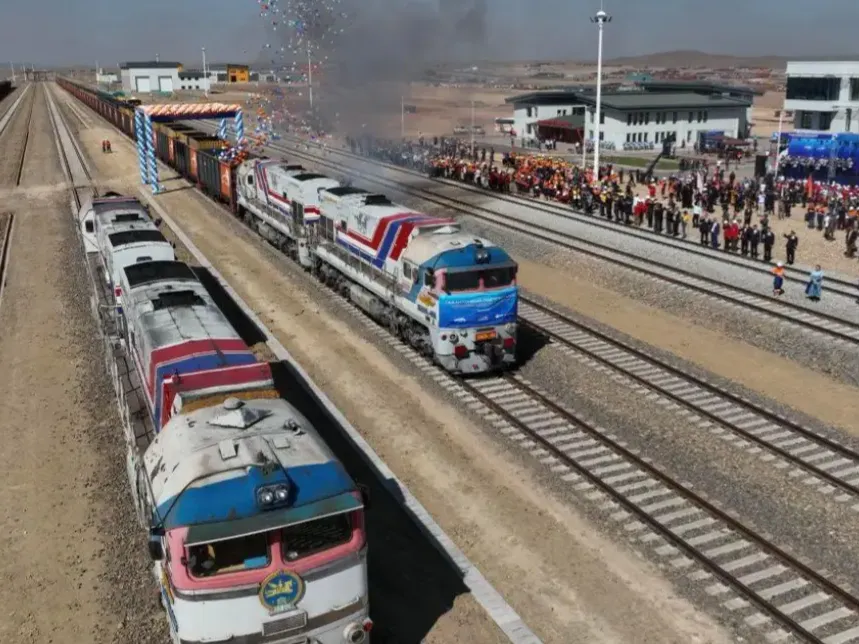

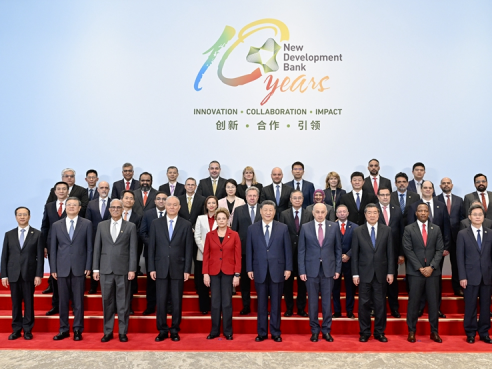
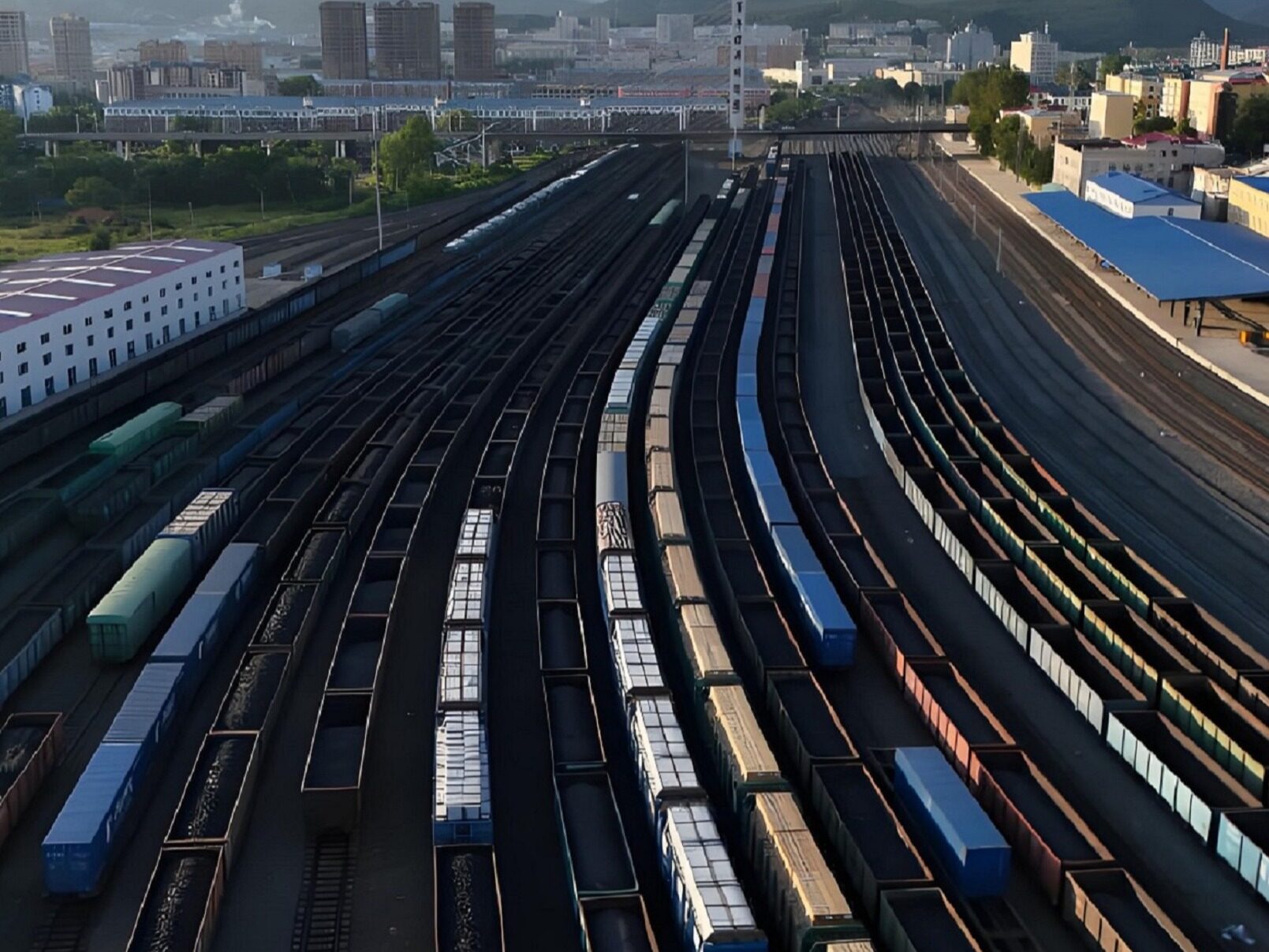
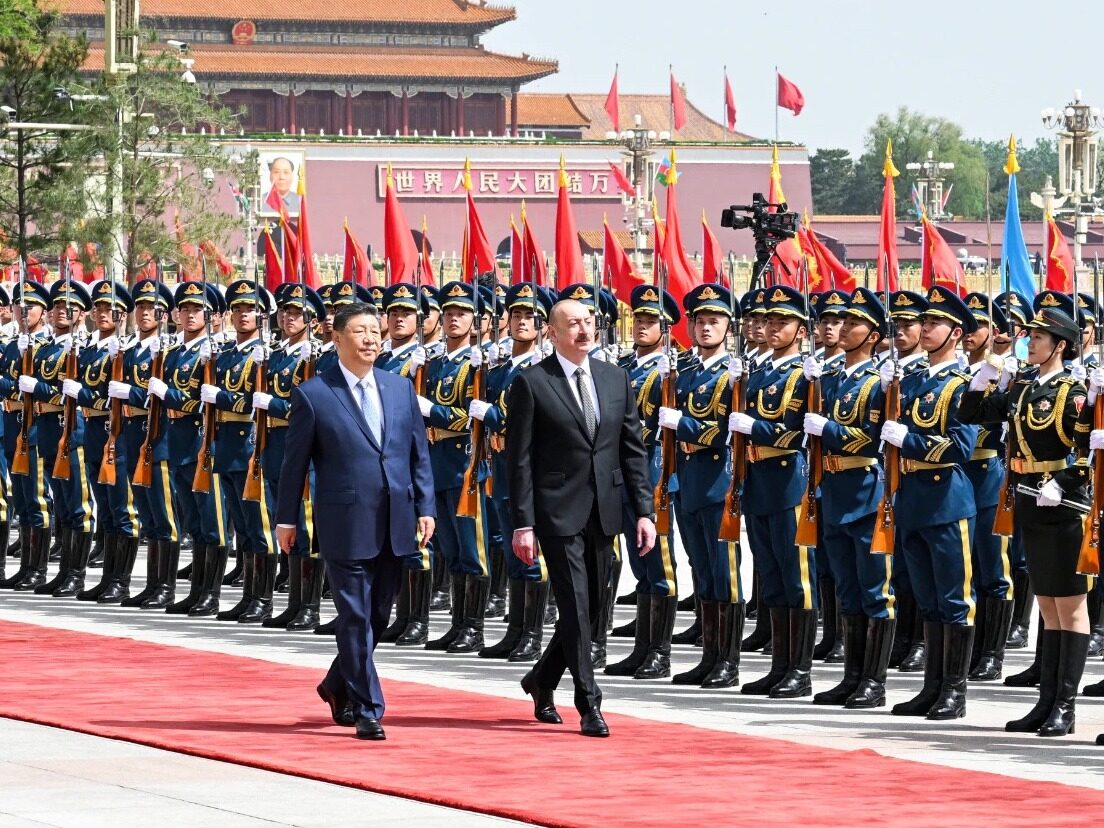
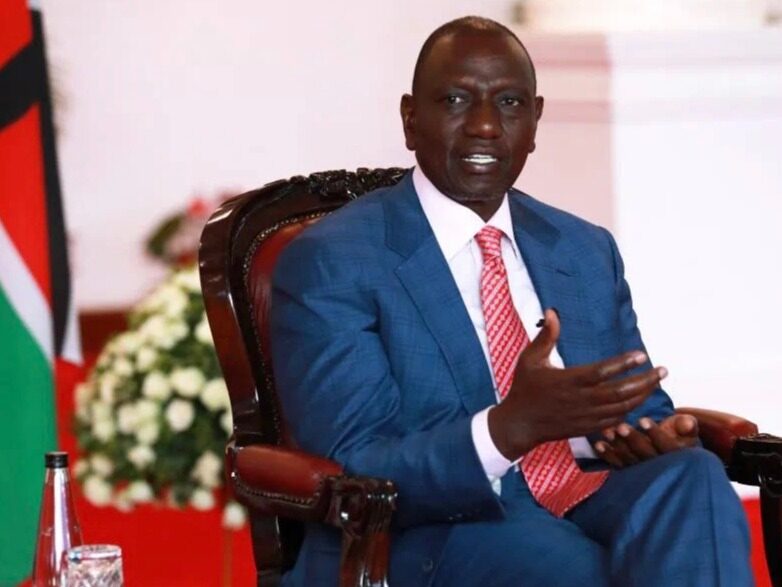






Write something~